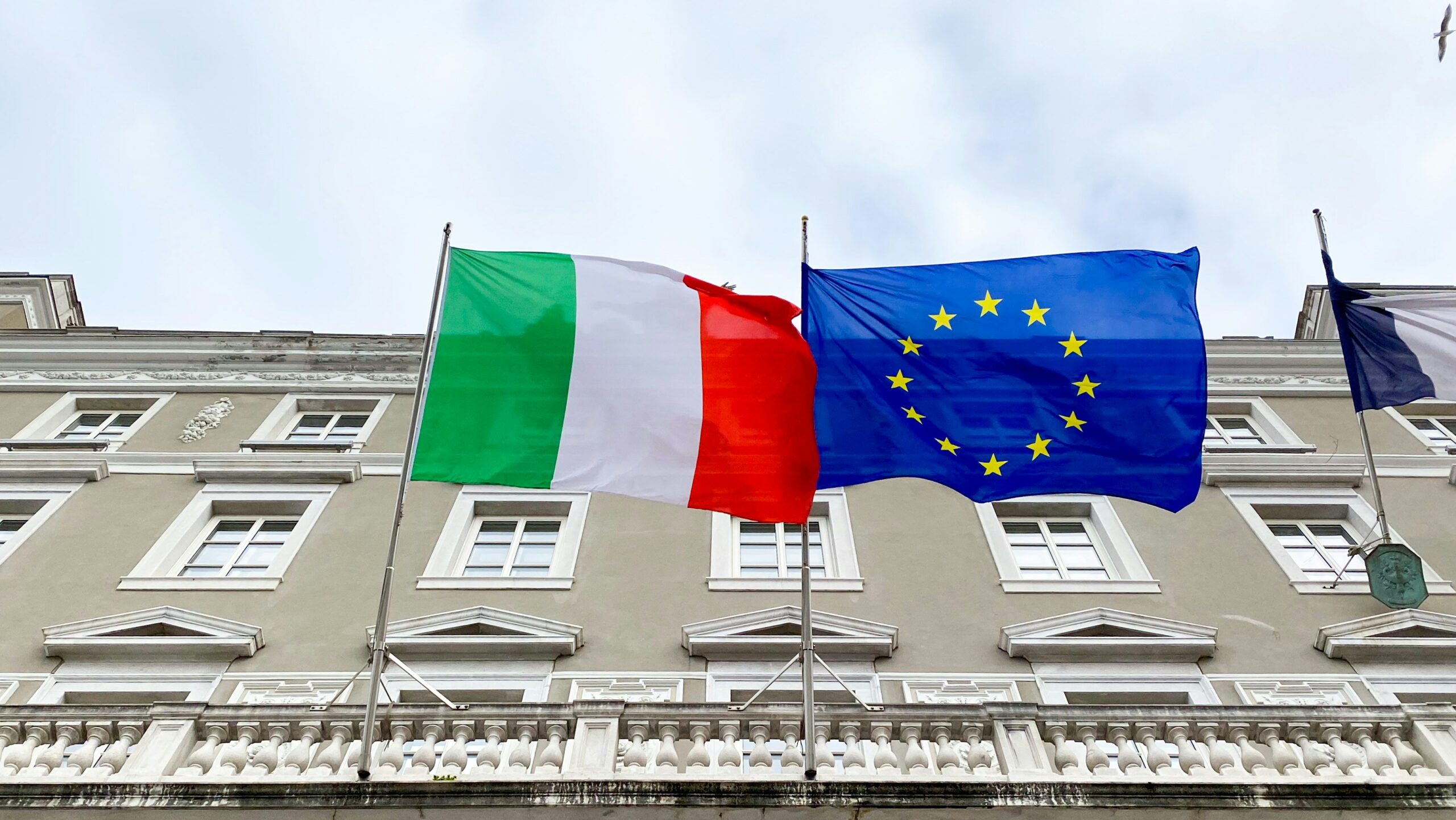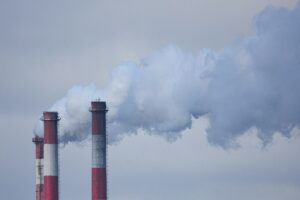In the European debate on the allocation of funds in the next budget cycle, the European Commission and Parliament have pointed to the Next Generation EU (NGEU) and Recovery and Resilience Facility (RRF) as models for determining future Union spending.
At the European level, NGEU, and within it the RRF, marked a turning point in the way European funds are allocated and distributed. The RRF opened the possibility for the EU to generate European debt on the capital market, allowing it to provide Member States not only with loans but also with grants, to be used to finance a series of measures (reforms and investments) previously assessed and approved by the European Commission and Council.
The regulatory framework governing the allocation of RRF funds requires Member States to prepare national recovery and resilience plans (NRRPs) in line with principles such as additionality and the “do no significant harm” (DNSH) principle. The Plans were assessed against four criteria (i) relevance, which included a quantitative requirement that at least 37% of allocated funds be spent on climate and environmental measures, (ii) effectiveness, (iii) efficiency and (iv) coherence.
Italy’s National Recovery and Resilience Plan (NRRP or the Plan) was considered compliant with these criteria. However, in 2021, when the Plan was first adopted, ECCO had determined a lack of sufficient climate ambition and incomplete compliance with some of the requirements, including the 37% climate spending target.
This new analysis evaluates the progress of the Plan, as well as its current contribution to achieving climate objectives, four years after its adoption. To determine progress, we have selected and examined a number of climate flagship measures within it, two reforms and four investments relevant to the climate and the energy transition. Specifically, the reforms examined include the streamlining of permitting procedures for renewable energy projects and the phase-out of environmentally harmful subsidies; the investments analysed are the so-called Superbonus, the Transizione 5.0, smart electricity grids and renewable energy communities.
Based on the findings of this analysis of the NRRP measures, this policy briefing offers a set of recommendations intended to inform discussions around the next European Multiannual Financial Framework (2028-2034 MFF).
Read the policy briefing: “Learnings from the Italian NRRP to inform the next MFF”
Photo by Ivan Oštrić








